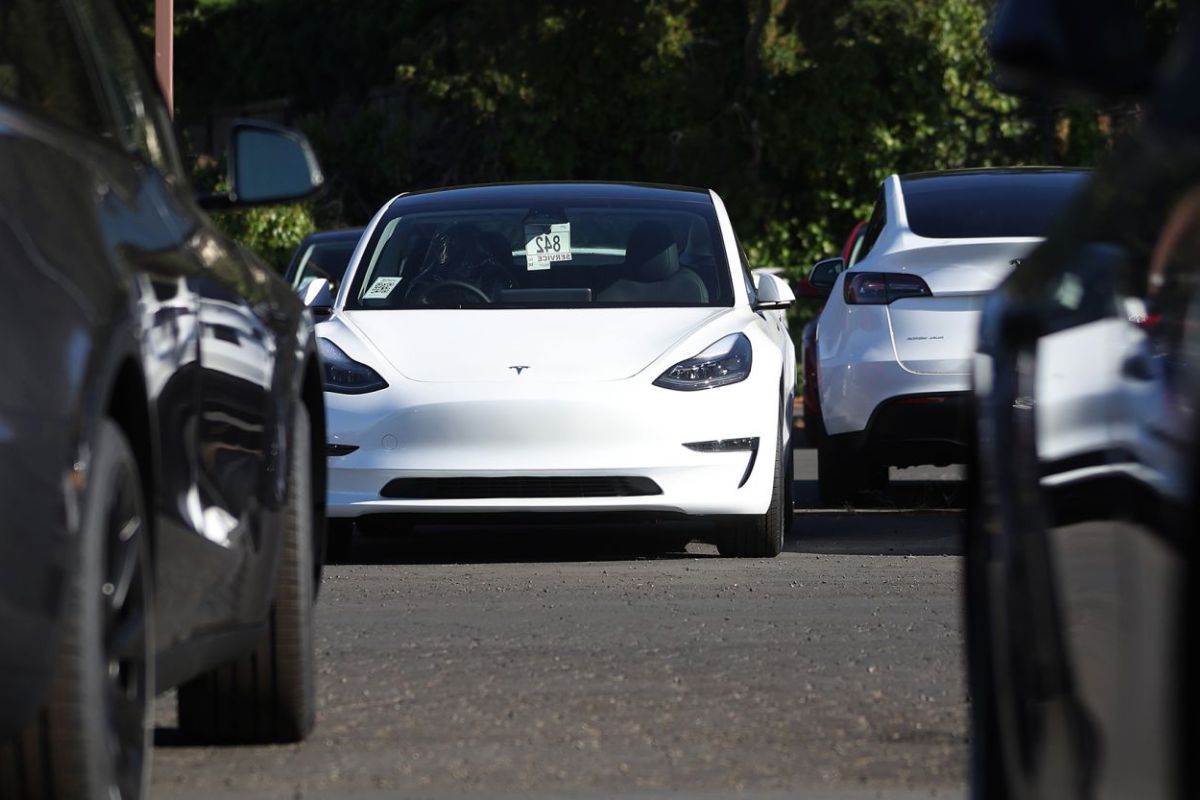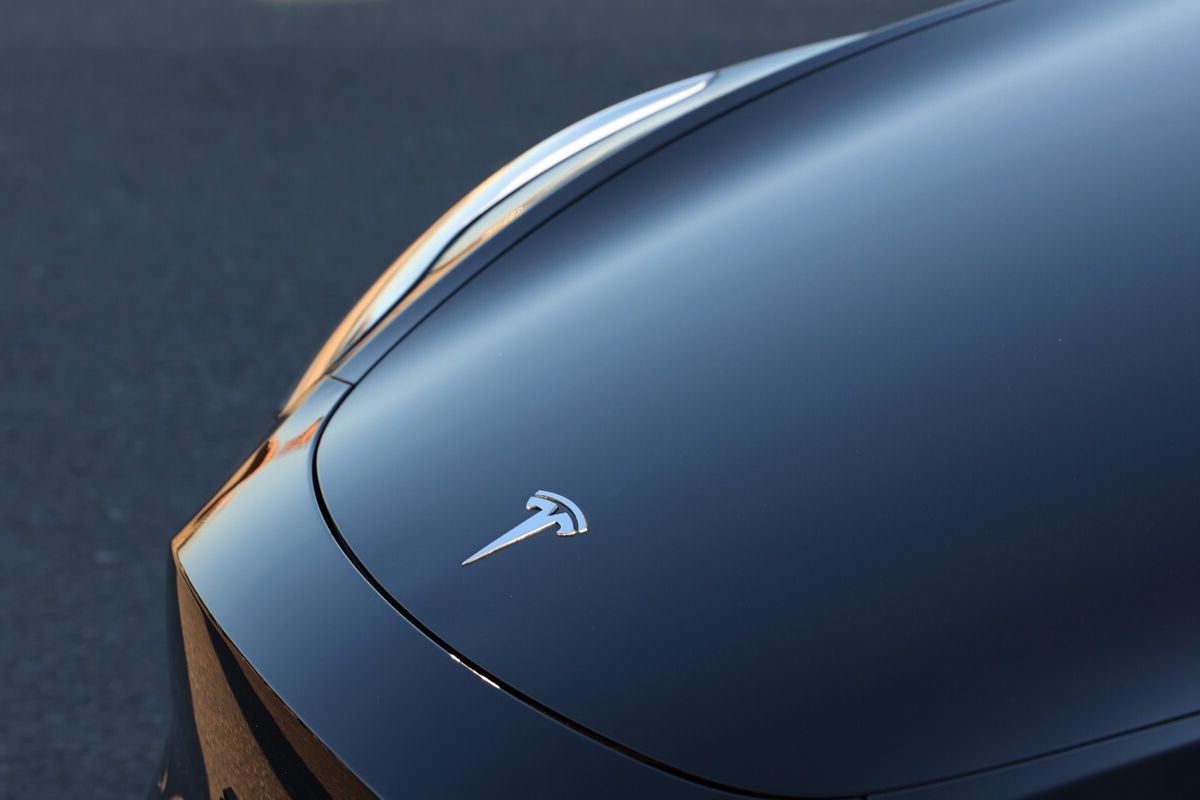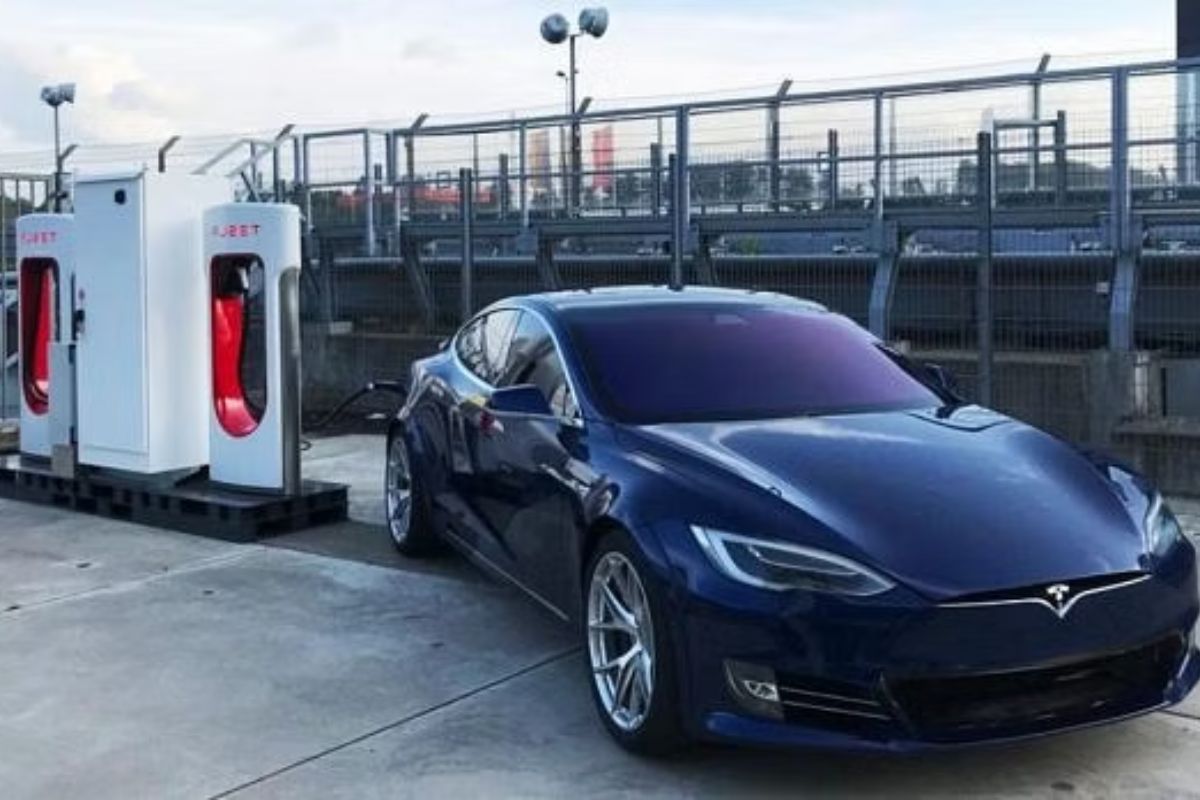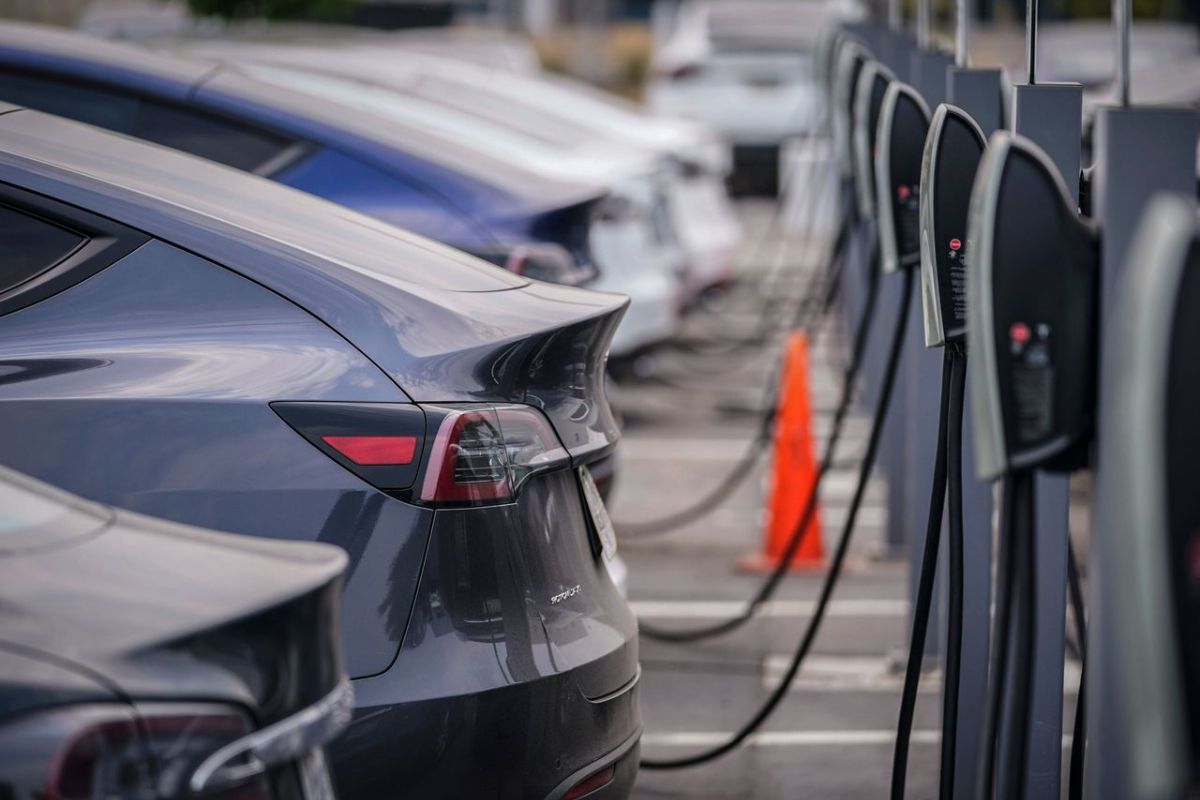Tesla’s Cautionary Note: As Tesla prepares to launch its next-generation electric vehicle, the company has issued a cautionary note about the potential for slowing growth in the near future. While some may view this as a cause for concern, it is important to approach this announcement with a level-headed perspective.
Tesla’s success has been built on its ability to disrupt the automotive industry and push the boundaries of innovation. However, as competition intensifies and strategic moves are made by other players in the market, it is only natural for Tesla to experience a transition between growth waves.
Additionally, financial challenges and the overall market environment can also impact the pace of growth. Therefore, it is crucial to closely examine Tesla’s Q4 financial results and analyst expectations to truly understand the implications of this cautionary note.
Key Takeaways
- Tesla acknowledges the challenges of scaling up production for next-gen electric vehicles and is aware of potential roadblocks in the timeline.
- Increasing competition from China’s BYD in producing more affordable electric vehicles poses a challenge to Tesla’s market dominance.
- Tesla is expanding its production capabilities in Texas, Mexico, and another factory outside North America to stay ahead of competitors.
- Slowing growth, narrowing margins, and declining gross margin raise concerns about Tesla’s market position and brand strength, requiring the company to navigate challenges and adapt to the changing market environment.
Also Read: Musk’s Quest for Influence: Seeking a 25% Voting Share in Tesla Amidst AI and Robotics Expansion
Tesla’s Next-Gen Electric Vehicle Production Timeline
When will Tesla begin production of their highly anticipated next-generation electric vehicle? According to Tesla CEO Elon Musk, production is slated to begin in the second half of 2025 at the Texas factory.
While this announcement may sound promising, it is important to consider the challenges that lie ahead. Musk himself has acknowledged the difficulties of scaling up production and has stressed the need for revolutionary manufacturing technology.
This cautionary note is not to be taken lightly, as Tesla’s shares experienced a 6% dip in after-hours trading following the announcement.
It is clear that Tesla is aware of the potential roadblocks that could hinder the timeline for producing their next-gen electric vehicle. As investors and enthusiasts eagerly await its arrival, only time will tell if Tesla can overcome these obstacles and deliver on their promise.
Competition and Strategic Moves
In the face of increasing competition and the need for strategic moves, Tesla is taking proactive measures to maintain its market dominance in the electric vehicle industry. With the upcoming launch of a smaller crossover vehicle, Tesla aims to capture a wider consumer base and stay ahead of its competitors. One of the main challengers in the market is China’s BYD, which has been producing more affordable electric vehicles.
To counter this threat, Tesla is committed to expanding its production capabilities, starting in Texas and then expanding to Mexico and another factory outside North America. This strategic move allows Tesla to tap into new markets and meet the growing demand for electric vehicles globally. Tesla’s ability to adapt and innovate is crucial in a highly competitive landscape, where companies are vying for market share and consumer loyalty.
| Competition | Strategic Moves |
|---|---|
| Increasing competition from more affordable electric vehicles produced by China’s BYD | Launching a smaller crossover vehicle to capture a wider consumer base |
| Need to maintain market dominance in the electric vehicle industry | Expanding production capabilities in Texas, Mexico, and another factory outside North America |
| Growing demand for electric vehicles globally | Adapting and innovating to stay ahead of competitors |
Transition Between Growth Waves
As Tesla faces increasing competition and strategically expands its production capabilities, it confronts a pivotal shift in its growth trajectory.
The company is currently in a transition period between two major growth waves. The initial surge in sales was driven by the releases of the Models 3 and Y in 2017 and 2020, respectively.
However, Tesla is now preparing to enter a second wave of growth with the launch of its next-generation vehicle platform. While Wall Street estimates fall short of Elon Musk’s ambitious target of 50% growth, the upcoming release of new vehicles and technology suggests that Tesla’s market leadership and brand strength may continue to thrive.
This transition between growth waves will be a critical period for Tesla, as it seeks to maintain its position as a dominant player in the electric vehicle industry.
Financial Challenges and Market Environment
Tesla’s financial challenges and the evolving market environment pose significant obstacles to its growth and market position. The company’s slowing growth and narrowing margins reflect softened demand for electric vehicles and increased competition in the industry.
While Tesla has been able to reduce its cost of goods sold per vehicle in the fourth quarter, there are concerns about reaching the natural limit of cost reductions on its existing vehicle lineup. Furthermore, the decline in gross margin raises questions about Tesla’s market position and brand strength.
Elon Musk’s comments on the success of Chinese automakers and the impact of interest rate reductions only add to the complexity of the situation. Tesla must navigate these challenges and adapt to the changing market environment to maintain its growth and market leadership.
Q4 Financial Results and Analyst Expectations
Despite Tesla’s fourth-quarter financial results showing a decline in gross margin and falling slightly below analysts’ expectations, the company’s net income more than doubled, indicating resilience in the face of challenges.
While the decline in gross margin and missing analyst estimates may raise concerns, it is important to look at the bigger picture. Tesla’s ability to more than double its net income demonstrates its ability to adapt and overcome obstacles.
The electric vehicle market is rapidly evolving, and Tesla’s ability to navigate this changing landscape is crucial. With intensifying competition and concerns around pricing and production, Tesla’s ability to maintain profitability and continue its growth trajectory will be closely watched.
Investors and industry experts will be keen to see how Tesla addresses these challenges and capitalizes on the upcoming launch of its next-generation vehicles.
Conclusion Of Tesla’s Cautionary Note
Tesla’s cautionary note on slowing growth ahead of their next-gen vehicle launch reflects the challenges they face in a highly competitive market. While their transition between growth waves may present financial challenges, it also offers opportunities for strategic moves.
The Q4 financial results and analyst expectations will shed light on the company’s performance. As Tesla navigates this complex market environment, they must remain innovative and adaptable to ensure continued success in the electric vehicle industry.




